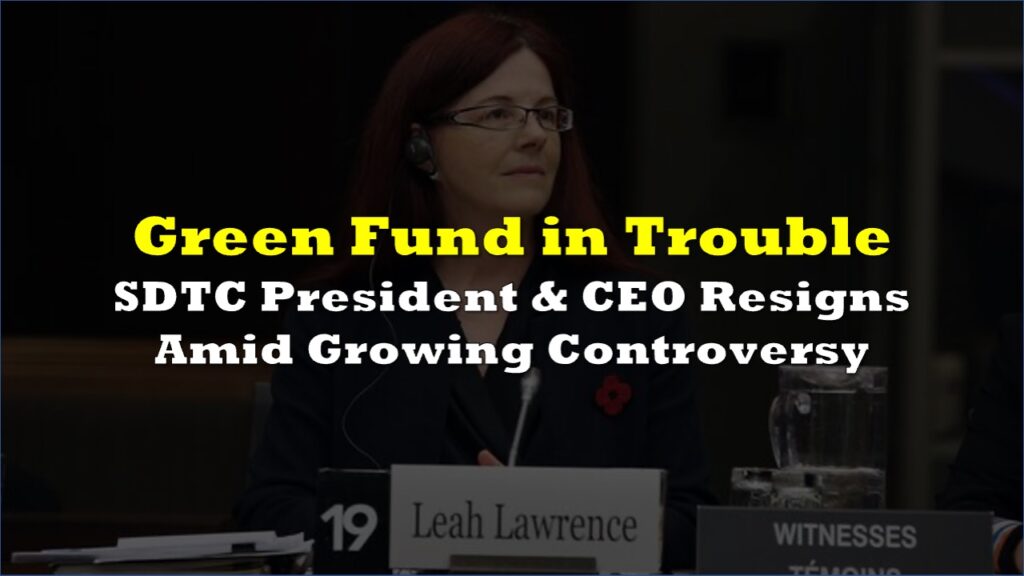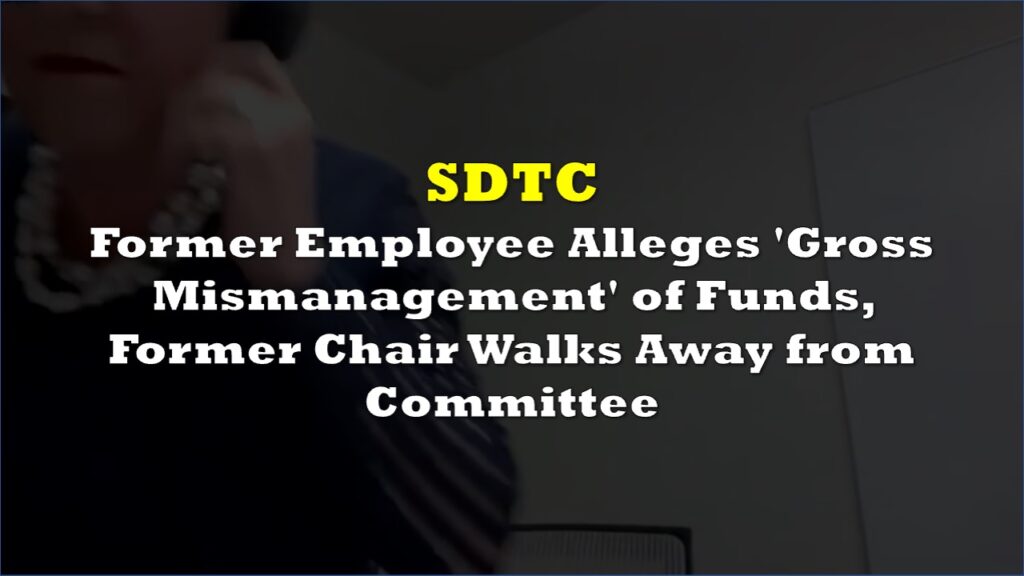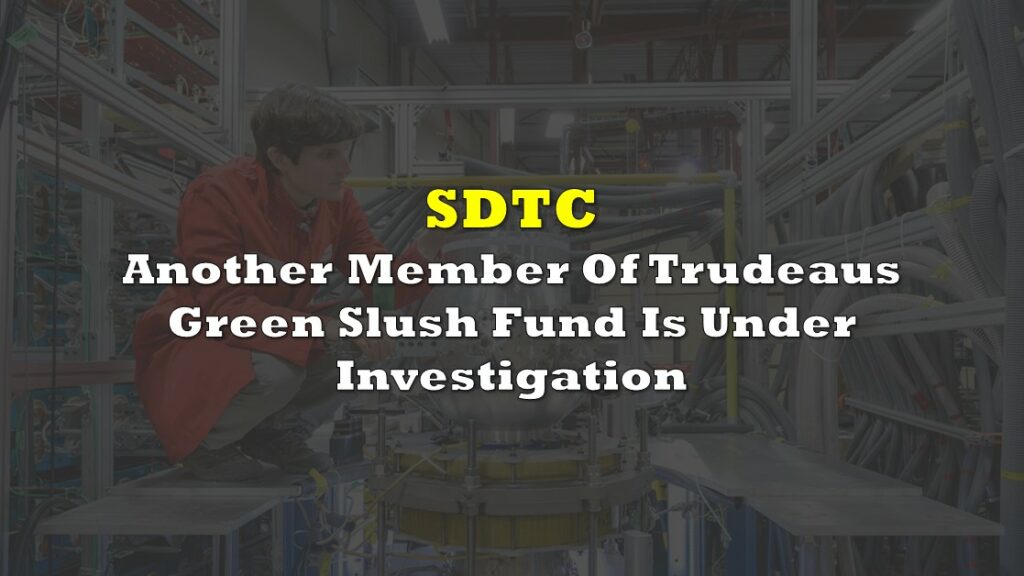A recent federal report has shed light on significant mismanagement within Sustainable Development Technology Canada, a now-defunct agency previously tasked with funding clean technology initiatives. The Privy Council’s findings indicate that internal conflicts and questionable decisions by insiders resulted in a substantial financial burden on taxpayers, exceeding $150 million.
The Privy Council’s investigation described SDTC as a hotbed of “executive mismanagement” that enabled favoritism and poor oversight in its handling of public funds. This dysfunction, coupled with a “continuous cycle of insider conflicts,” ultimately led to the dissolution of the agency in mid-2024.
Despite its closure, the legacy of mismanagement at SDTC continues to spark outrage, especially as whistleblowers release more information suggesting a deeper web of conflicts involving key executives and organizations linked to them.
DOCUMENT @PrivyCouncilCa details web of sweetheart dealing at disgraced @ISED_ca agency where insiders led "a continuous cycle of exec mismanagement" at a $150M cost to taxpayers. https://t.co/LNZOUP1p5H #cdnpoli @BetOnMePodcast pic.twitter.com/GFuDF5CEAK
— Blacklock's Reporter (@mindingottawa) January 2, 2025
Web of Alleged Conflicts
Central to the allegations is Leah Lawrence, the former CEO of SDTC, who is accused of using her position to allocate funding to organizations tied to her personal and professional network. A leaked diagram illustrates Lawrence’s role in approving millions in special SDTC funding, often to companies and nonprofits with direct or indirect connections to her.
Among the relationships in question is her close association with Zoe Kolbuc, SDTC’s Vice President, who is labeled in the diagram as the “CEO’s best friend.” Kolbuc was allegedly instrumental in overseeing key funding streams that have since come under scrutiny for bypassing standard approval protocols.
The diagram further implicates Annette Verschuren, a former SDTC executive and founder of the Verschuren Centre, in shielding Lawrence and influencing funding decisions. Verschuren is accused of attempting to divert $5 million of SDTC funding to her energy storage company, NRStor, reportedly to save it from bankruptcy. The report suggests that these decisions were made without proper oversight, underscoring systemic governance failures within the agency.
Adding to the complexity, the diagram points to a substantial $8 million allocated to Terramera, a clean technology company, and another $5 million funneled through ALUS, a nonprofit focused on sustainable agriculture. Both organizations are said to have connections to individuals within SDTC’s leadership, raising further questions about potential favoritism.
A former version of this article incorrectly associated an individual with this story who’s name has not been confirmed as being within the associated report. Our apologies for this error.
Financial and Ethical Implications
The fallout from these allegations has placed a spotlight on the lack of accountability and transparency within SDTC. The Privy Council’s report indicates that insider relationships took precedence over merit-based evaluations, leading to a misuse of public funds on a grand scale. The broader implications for Canada’s clean technology sector are significant, as this controversy threatens to undermine public trust in the federal government’s ability to manage sustainability initiatives effectively.
In addition to the financial mismanagement, the ethical dimensions of these allegations are equally troubling. The Conflict of Interest and Ethics Commissioner has launched investigations into several individuals implicated in the diagram, including Verschuren. In July 2024, a report from the commissioner detailed instances where Verschuren failed to disclose her connections to organizations that benefited from SDTC funding.
The decision to disband SDTC in mid-2024 and transfer its functions to the National Research Council Canada was a direct response to these findings. Federal officials have since pledged to implement stricter governance measures to ensure public funds are allocated transparently and ethically. However, the revelations continue to cast a shadow over Canada’s efforts to foster clean technology innovation, with critics arguing that the damage to public confidence could take years to repair.
Information for this briefing was found via Blacklock’s Reporter and the sources mentioned. The author has no securities or affiliations related to this organization. Not a recommendation to buy or sell. Always do additional research and consult a professional before purchasing a security. The author holds no licenses.








One Response
This article includes statements that have no basis in fact and which are liable. I encourage you to apologize for the falsehoods contained herein.